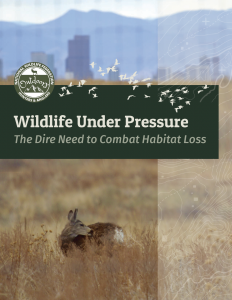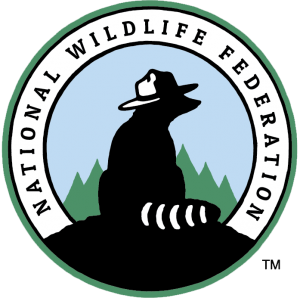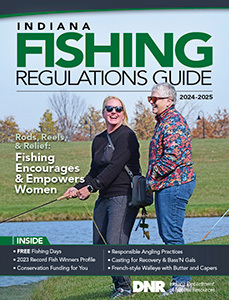‘America the Beautiful’ Initiative Recognizes Role of Sporting Community in Restoring Wildlife Habitat
DENVER (March 28, 2022) — Habitat loss is threatening the wildlife, lands, and waters that hunters and anglers rely upon — and sportswomen and sportsmen have a crucial role to play in seeking common-sense solutions, according to a new report from the National Wildlife Federation Outdoors.
The United States is losing nature at an unprecedented rate. According to this report, species lost, on average, 6.5 million acres of vital habitat over the last two decades. This loss varies by species with some iconic species, such as mule deer, well exceeding the average.

The report examines effective solutions, including the America the Beautiful initiative and the Recovering America’s Wildlife Act, that will conserve, restore, and reconnect our natural systems and reclaim degraded lands in order to recover wildlife and protect sporting traditions. As the report notes: “By conserving, connecting, and restoring 30% of our lands and water by 2030, we can slow the loss of habitat, provide important game and fish species with the room to stabilize and recover, and meet the needs of the sporting community today and in the future.”
As leaders in Congress consider historic investments in natural infrastructure and wildlife habitat, which includes restoration and resilience projects, the report urges hunters and anglers to take the lead and use their extensive knowledge from the field to speak out for wildlife decline and habitat loss.
“Hunters and anglers are firsthand witnesses to nearly everything that happens in the fields, forests, and on the water,” said Aaron Kindle director of sporting advocacy for the National Wildlife Federation. “We have seen how habitat loss is a very real threat to our sporting future, and that we need to utilize all tools in the toolbox to incentivize the conservation of native landscapes and the restoration of degraded areas. We hope this report shines light on these issues and spurs investment as soon as possible.”
Visit the National Wildlife Federation Media Center at NWF.org/News





